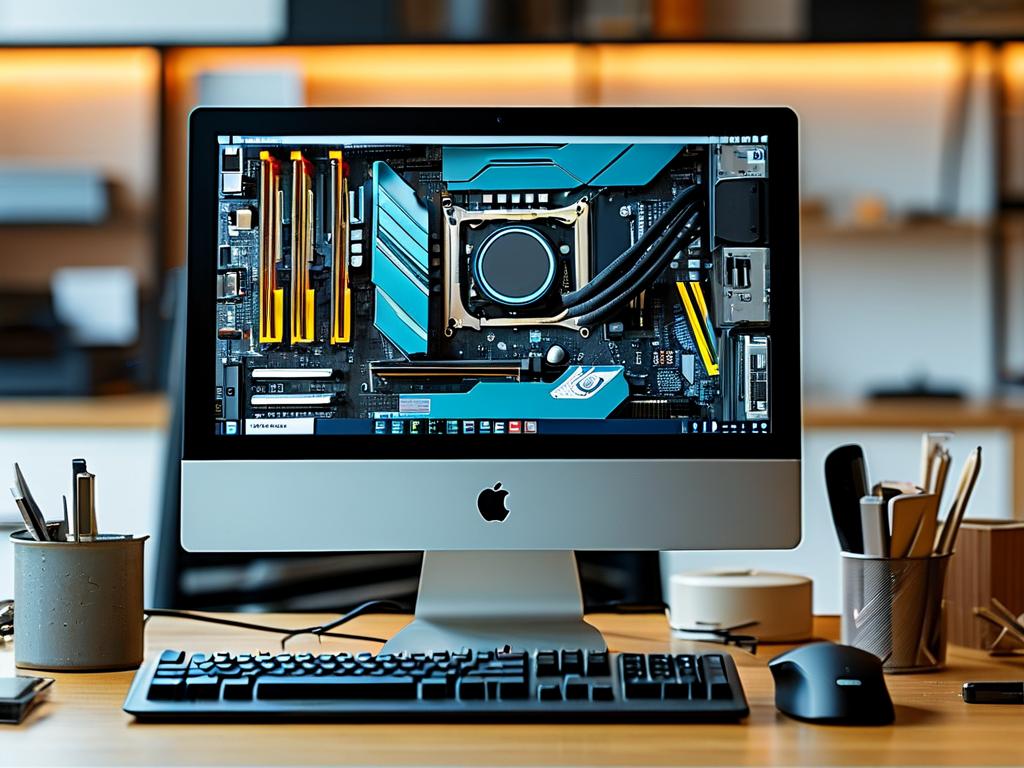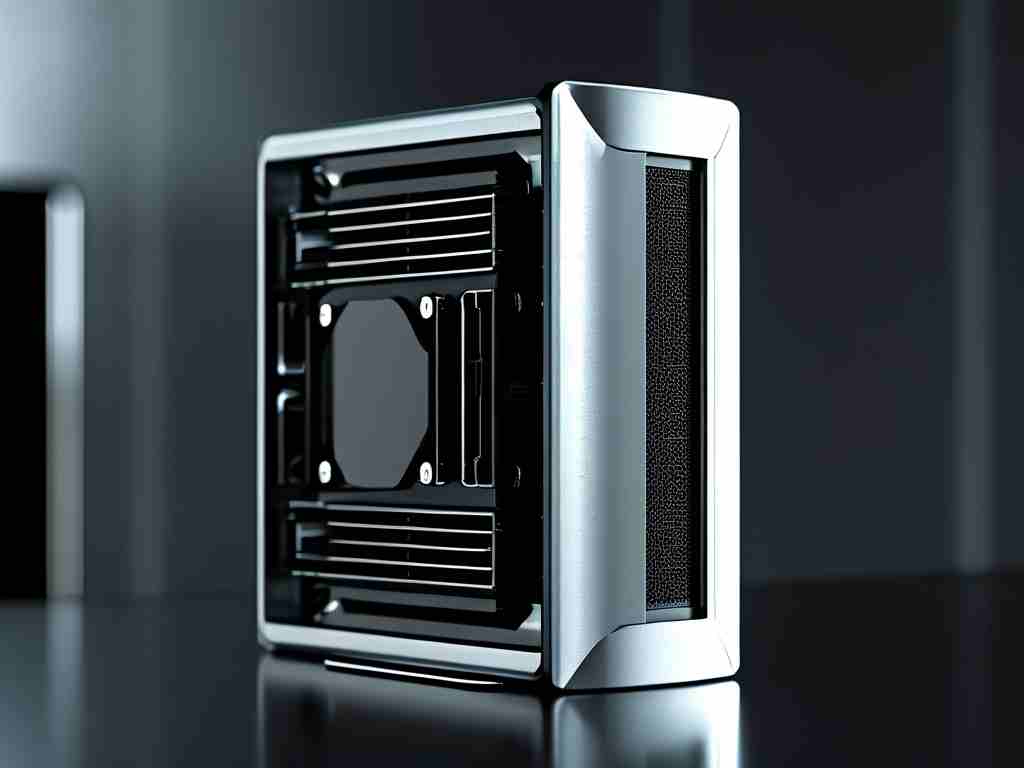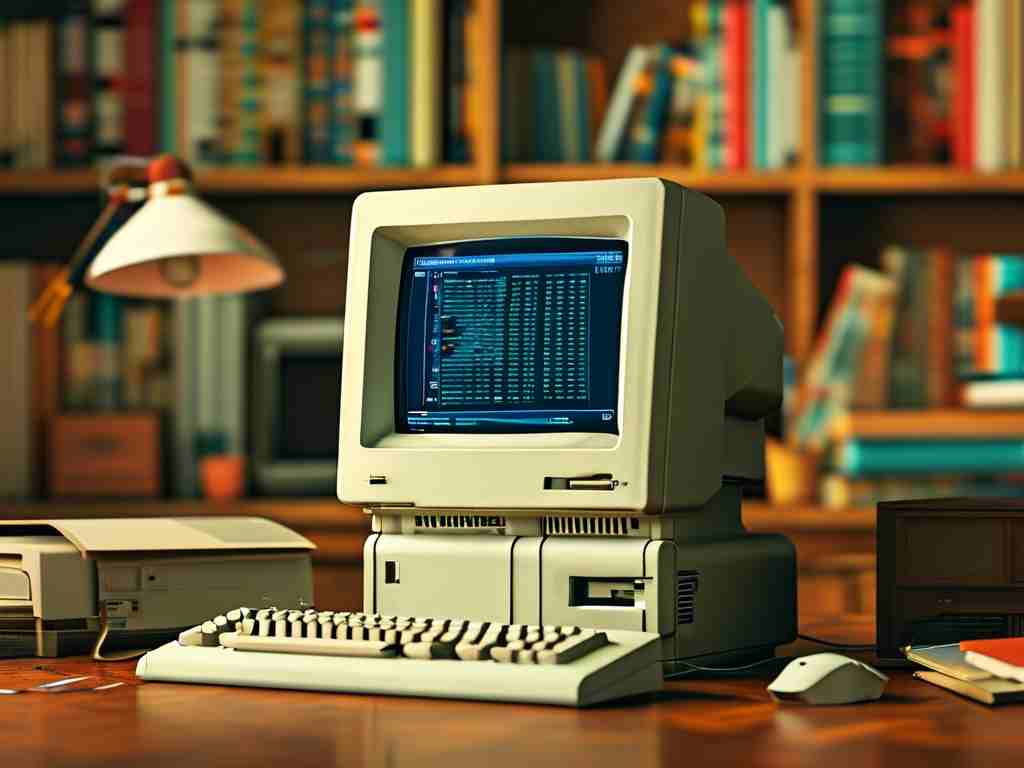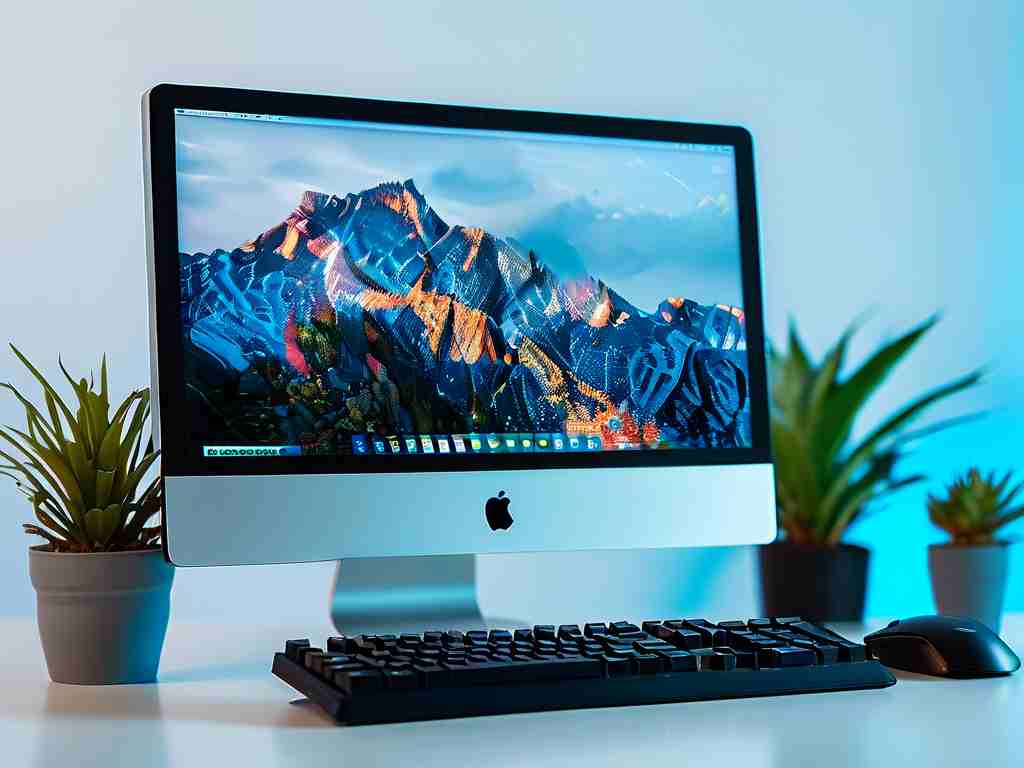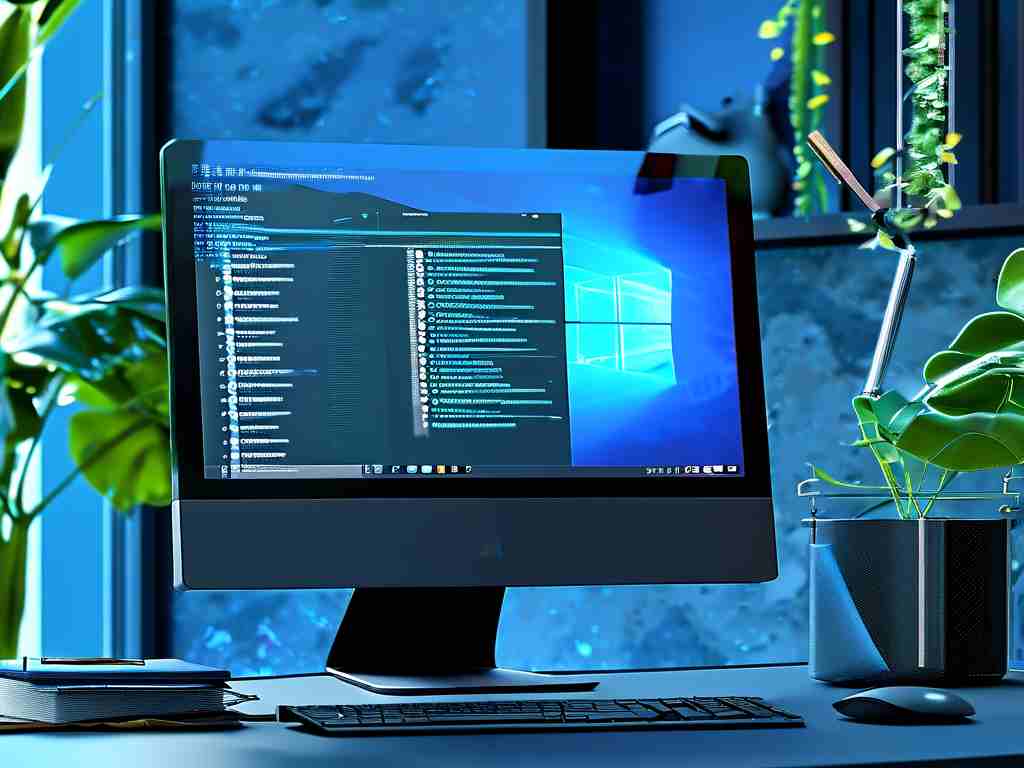Upgrading your computer’s memory (RAM) is one of the most practical ways to improve its performance, especially if you’re dealing with slow multitasking or resource-heavy applications. While the process may seem technical, even beginners can achieve it by following structured steps and understanding key considerations. This guide walks through essential methods to safely and effectively increase your computer’s installed memory while addressing common pitfalls.
Understanding Compatibility Requirements
Before purchasing new RAM modules, verifying hardware compatibility is critical. Start by checking your motherboard’s specifications to determine the maximum supported RAM capacity and type (e.g., DDR4 or DDR5). Tools like CPU-Z or system manufacturer documentation can reveal existing RAM details, including speed (measured in MHz) and form factor (e.g., DIMM for desktops, SODIMM for laptops). Mismatched modules may cause instability or fail to boot, so prioritize matching the existing RAM’s voltage and timing if adding to current slots. For optimal performance, consider upgrading to a dual-channel configuration by installing pairs of identical modules.
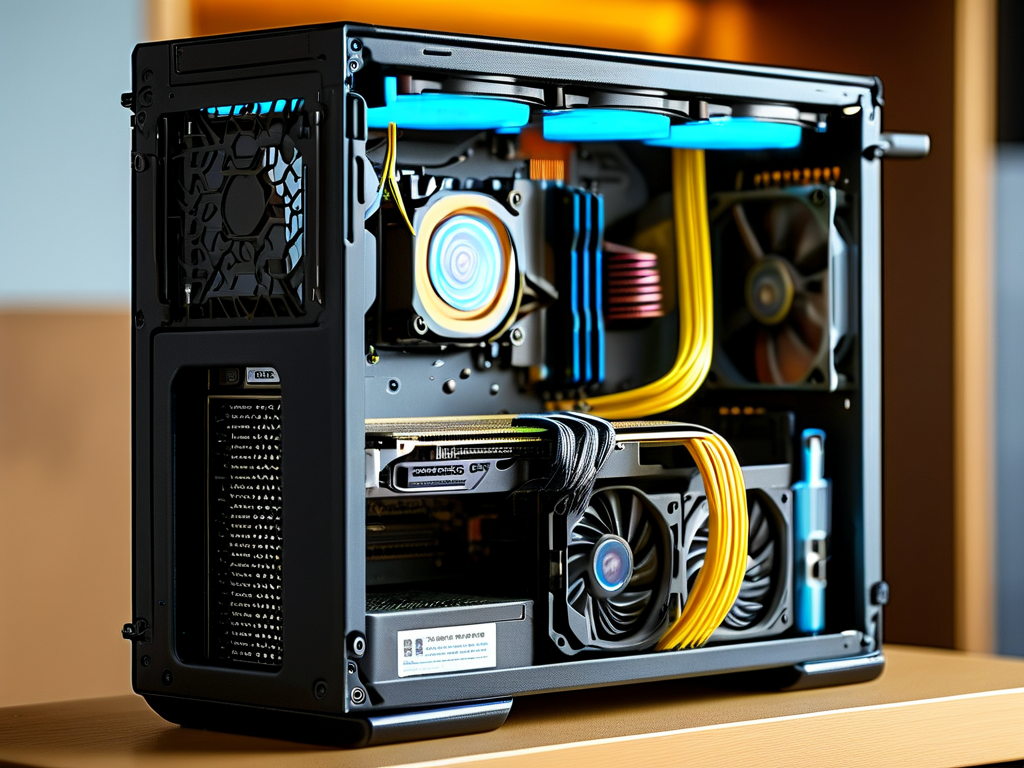
Selecting the Right RAM Modules
Once compatibility is confirmed, choose RAM that aligns with your usage needs. Gamers and video editors might prioritize higher-speed modules (e.g., 3200 MHz or above), while general users can opt for cost-effective options. Capacity depends on workload—16GB suits most modern applications, whereas 32GB or more benefits intensive tasks like 3D rendering. Brands like Corsair, Kingston, and Crucial offer reliable options, but cross-referencing customer reviews and motherboard QVL (Qualified Vendor Lists) ensures fewer compatibility issues. Additionally, heat spreaders on premium modules can aid thermal management during prolonged use.
Step-by-Step Installation Process
Installing RAM requires minimal tools but careful handling. Begin by powering off the computer and disconnecting all cables. Ground yourself to prevent electrostatic discharge (ESD) by touching a metal surface or wearing an anti-static wristband. For desktop users, open the case panel to locate the RAM slots near the CPU. Release the retention clips on either side of the slot, align the module’s notch with the slot key, and firmly press down until the clips snap into place. Laptop installations vary slightly—often requiring back panel removal and inserting the SODIMM at a 45-degree angle before pressing it flat.
Post-Installation Validation
After installation, power on the device and access the BIOS/UEFI (typically by pressing Del/F2 during startup) to confirm the system recognizes the new RAM. If the full capacity isn’t detected, reseat the modules or try alternating slots. Boot into your operating system and use Task Manager (Windows) or Activity Monitor (macOS) to verify the updated memory under the “Performance” tab. For stress testing, utilities like MemTest86 can identify errors by running multiple passes. If crashes occur, revert to the previous configuration to isolate faulty hardware.
Troubleshooting Common Issues
Even with careful planning, challenges may arise. A failure to boot often indicates incompatible RAM or improper seating—recheck the module alignment and consult motherboard guidelines. Blue screens or random restarts might signal unstable overclocking; reset BIOS settings to default or manually adjust timings. In rare cases, a BIOS update resolves compatibility gaps with newer RAM models. For laptops, ensure the upgraded RAM doesn’t exceed power or thermal constraints specified by the manufacturer.
Long-Term Maintenance Tips
To maximize RAM longevity, keep the system clean from dust buildup, which can interfere with connectivity. Periodically reseat modules if you notice performance degradation. Monitoring tools like HWMonitor provide real-time data on memory health, while regular OS updates address driver-related bugs. Avoid mixing RAM brands or generations unless explicitly supported, as inconsistent sub-timings can throttle performance.
By methodically addressing compatibility, installation, and validation, upgrading your computer’s RAM becomes a straightforward yet impactful enhancement. Whether revitalizing an older machine or optimizing a workstation, this upgrade ensures smoother workflows and extended hardware relevance. Always document your system’s specifications and test thoroughly to enjoy a seamless boost in computing power.



